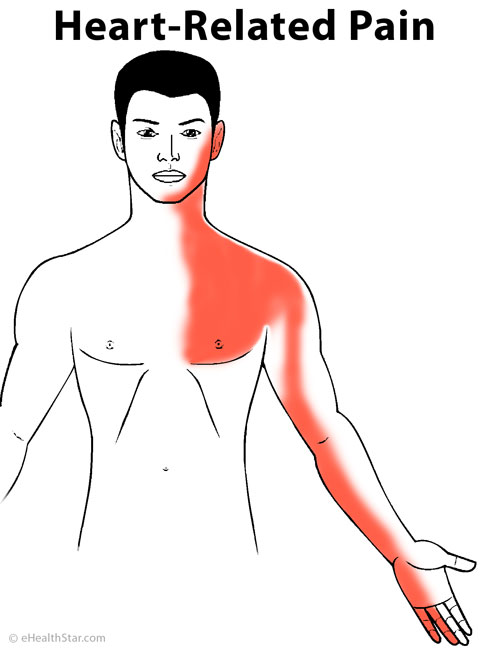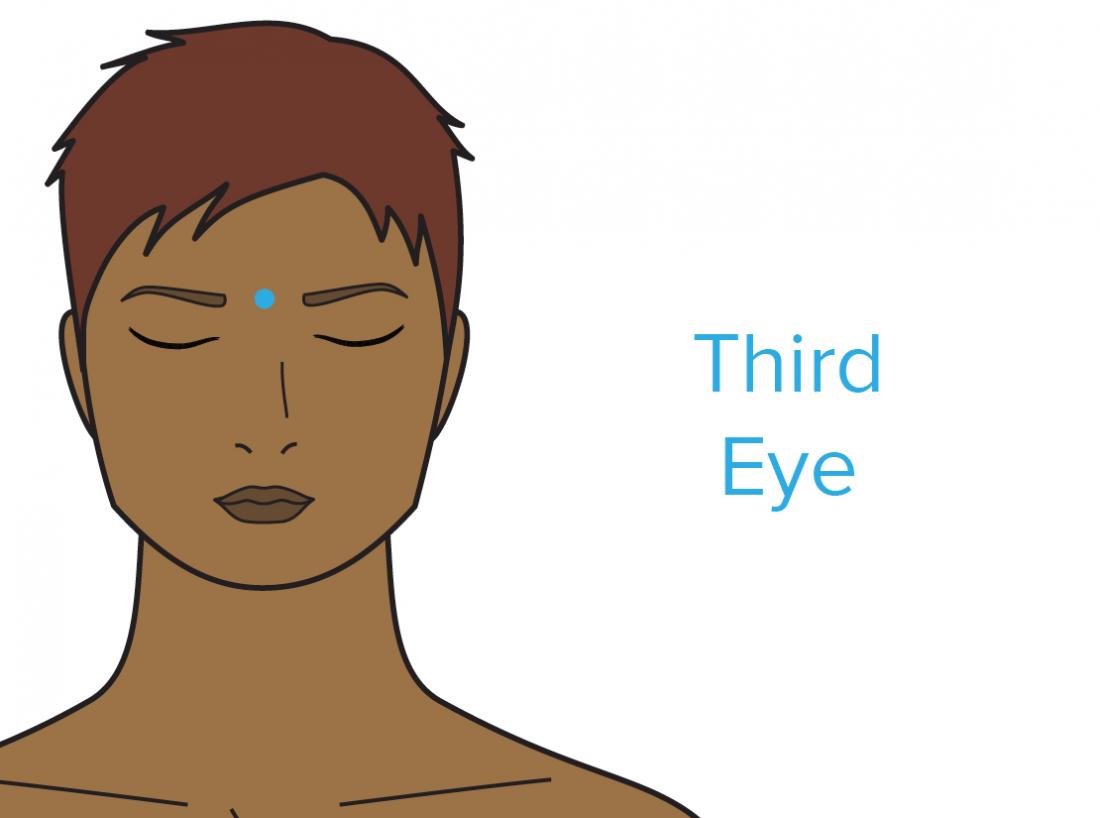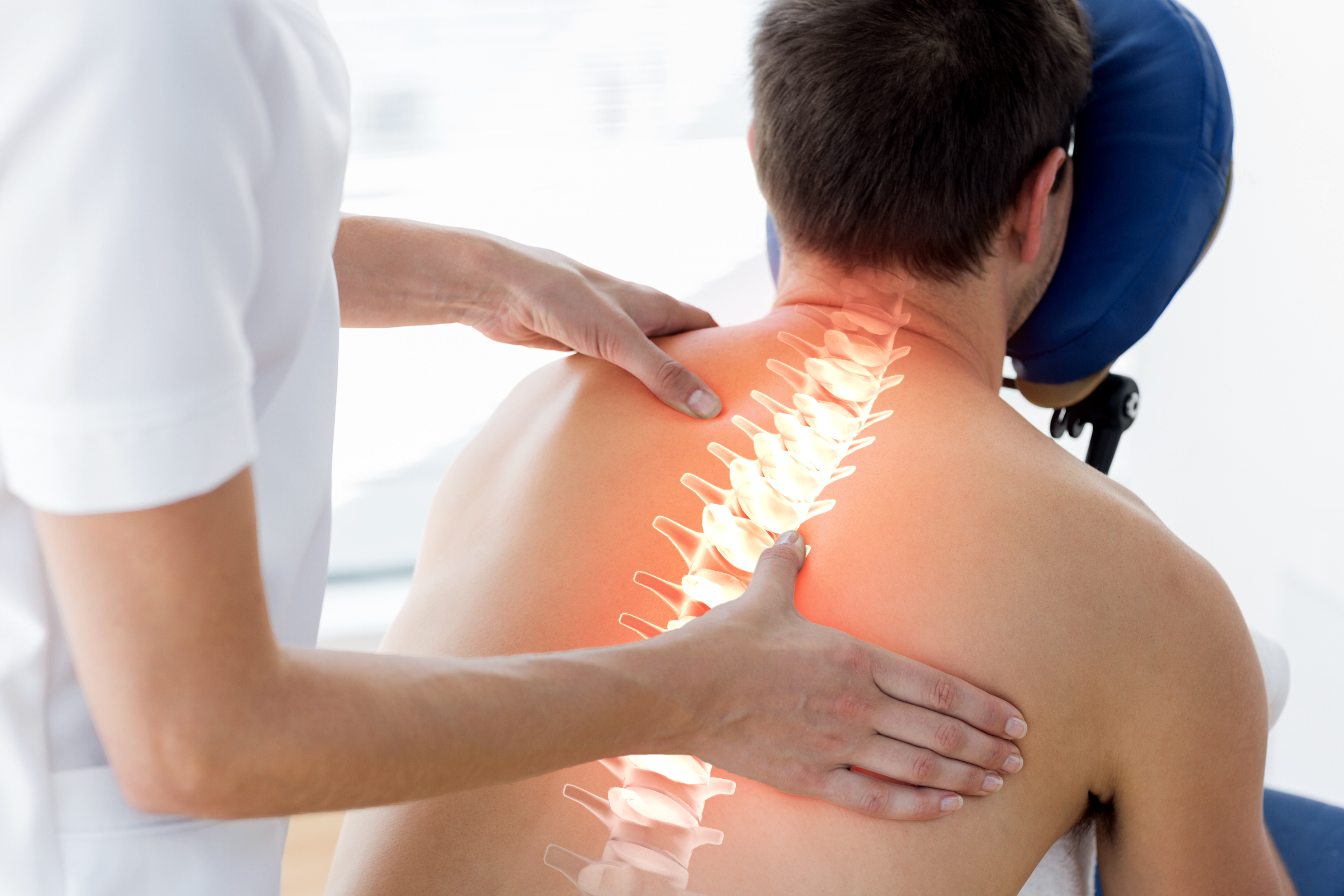Specialist in neck pain. When to See a Doctor for Neck Pain: Expert Advice and Treatment Options
How long should you wait before seeking medical help for neck pain. What are the red flags that indicate immediate medical attention is needed. What diagnostic processes can you expect when visiting a doctor for neck pain. How can you prepare for your appointment to ensure an accurate diagnosis.
Common Causes of Neck Pain: Understanding the Root of Your Discomfort
Neck pain is a widespread issue that affects millions of people worldwide. Understanding the underlying causes can help you determine when it’s time to seek professional help. Some common causes include:
- Poor posture
- Muscle strain
- Pinched nerves
- Herniated discs
- Osteoarthritis
- Whiplash
- Stress and tension
While many cases of neck pain resolve on their own with rest and home remedies, persistent or severe pain may require medical attention.
Red Flags: When to Seek Immediate Medical Attention for Neck Pain
In some cases, neck pain can be a sign of a more serious condition that requires prompt medical care. Be aware of these red flags:

- Severe pain that doesn’t improve with rest or over-the-counter pain relievers
- Pain accompanied by numbness, tingling, or weakness in the arms or hands
- Neck pain associated with headaches, dizziness, or confusion
- Fever accompanying neck pain
- Difficulty with balance or coordination
- Loss of bowel or bladder control
If you experience any of these symptoms, it’s crucial to seek medical attention immediately, as they could indicate a serious underlying condition such as meningitis, spinal cord compression, or a tumor.
Preparing for Your Doctor’s Appointment: Key Information to Gather
To ensure an accurate diagnosis and effective treatment plan, it’s essential to prepare for your doctor’s appointment. Here’s what you should keep track of:
- Pain characteristics: Note the type of pain (sharp, dull, aching), its intensity, and any patterns you’ve noticed.
- Pain location: Identify where the pain is concentrated and if it radiates to other areas.
- Onset and duration: Record when the pain started and how long it has persisted.
- Aggravating factors: Note activities or positions that worsen the pain.
- Alleviating factors: List any remedies or actions that provide relief.
- Associated symptoms: Document any additional symptoms like headaches or arm weakness.
- Previous treatments: Keep a record of any treatments you’ve tried and their effectiveness.
By providing this detailed information, you’ll help your doctor make a more accurate assessment of your condition.

Diagnostic Processes: What to Expect During Your Doctor’s Visit
When you visit a doctor for neck pain, you can expect a thorough evaluation to determine the cause and severity of your condition. The diagnostic process typically includes:
Physical Examination
Your doctor will assess your neck’s range of motion, strength, and any areas of tenderness. They may also check for numbness or weakness in your arms and hands.
Medical History Review
Be prepared to discuss your symptoms in detail, including when they started and any factors that affect your pain.
Imaging Tests
Depending on your symptoms, your doctor may order imaging tests such as:
- X-rays to check for bone spurs or arthritis
- MRI scans to evaluate soft tissues, including discs and nerves
- CT scans for a detailed view of bone structures
Neurological Tests
If nerve involvement is suspected, your doctor may perform tests to check your reflexes, muscle strength, and sensory responses.
Treatment Options: From Conservative Approaches to Surgical Interventions
The treatment for neck pain varies depending on its cause and severity. Your doctor may recommend a combination of approaches, including:

Conservative Treatments
- Physical therapy to improve strength and flexibility
- Medications such as pain relievers or muscle relaxants
- Heat or cold therapy
- Gentle stretching exercises
- Posture correction techniques
Interventional Procedures
For more persistent pain, your doctor might suggest:
- Epidural steroid injections to reduce inflammation
- Facet joint injections for arthritis-related pain
- Trigger point injections for muscle knots
Surgical Options
In severe cases or when conservative treatments fail, surgery may be considered. Surgical procedures can include:
- Disc replacement
- Spinal fusion
- Laminectomy to relieve pressure on nerves
Your doctor will discuss the most appropriate treatment plan based on your specific condition and needs.
Lifestyle Modifications: Preventing Future Neck Pain Episodes
While seeking medical attention is crucial for addressing current neck pain, implementing lifestyle changes can help prevent future episodes. Consider the following preventive measures:

Ergonomic Adjustments
Optimize your work environment to support good posture:
- Adjust your chair and desk height for proper alignment
- Position your computer screen at eye level
- Use a headset for phone calls to avoid neck strain
Regular Exercise
Incorporate neck-strengthening exercises into your routine:
- Gentle neck rotations and stretches
- Shoulder blade squeezes
- Chin tucks to improve posture
Stress Management
Reduce tension-related neck pain through:
- Meditation and deep breathing exercises
- Regular breaks during work to relax neck muscles
- Adequate sleep on a supportive pillow
By adopting these lifestyle modifications, you can significantly reduce your risk of recurring neck pain and improve your overall neck health.
Complementary Therapies: Exploring Alternative Approaches to Neck Pain Relief
In addition to conventional medical treatments, many people find relief from neck pain through complementary therapies. While it’s important to consult with your doctor before trying any new treatment, these approaches may offer additional benefits:

Acupuncture
This ancient Chinese practice involves inserting thin needles into specific points on the body to alleviate pain and promote healing. Some studies suggest acupuncture may be effective for chronic neck pain.
Massage Therapy
Professional massage can help relax tense muscles, improve circulation, and reduce pain. Different techniques, such as Swedish massage or deep tissue massage, may be beneficial for neck pain.
Chiropractic Care
Chiropractors use spinal manipulation and other techniques to improve alignment and reduce pain. This approach may be particularly helpful for neck pain caused by poor posture or misalignment.
Yoga and Pilates
These practices combine stretching, strengthening, and relaxation techniques that can improve posture, flexibility, and overall neck health. Many yoga poses specifically target neck and shoulder tension.
Mindfulness and Meditation
Stress and anxiety can exacerbate neck pain. Mindfulness practices and meditation can help reduce stress, promote relaxation, and potentially alleviate pain.

While these complementary therapies can be beneficial, it’s crucial to use them in conjunction with, not as a replacement for, professional medical advice and treatment.
Long-Term Management: Strategies for Living with Chronic Neck Pain
For some individuals, neck pain may become a chronic condition. In such cases, developing a long-term management strategy is essential for maintaining quality of life and minimizing pain. Consider the following approaches:
Pain Management Techniques
Learn and practice various pain management strategies:
- Pacing activities to avoid overexertion
- Using relaxation techniques like progressive muscle relaxation
- Applying heat or cold therapy as needed
- Maintaining a pain diary to identify triggers and effective treatments
Regular Follow-ups
Stay in touch with your healthcare provider:
- Schedule regular check-ups to monitor your condition
- Discuss any changes in symptoms or treatment effectiveness
- Be open to adjusting your treatment plan as needed
Support Groups
Connecting with others who experience chronic neck pain can provide emotional support and practical advice. Look for local or online support groups focused on chronic pain or neck issues.

Psychological Support
Chronic pain can take a toll on mental health. Consider working with a mental health professional who specializes in pain management to develop coping strategies and address any anxiety or depression related to your condition.
Adaptive Equipment
Explore tools and devices designed to reduce neck strain in daily activities:
- Ergonomic pillows for better sleep posture
- Neck support for travel
- Voice-activated technology to reduce screen time
By implementing these long-term management strategies, individuals with chronic neck pain can improve their daily functioning and overall quality of life. Remember, effective management often involves a multidisciplinary approach, combining medical treatments with lifestyle modifications and self-care practices.
Preparing to See A Doctor for Back and Neck Pain
If low back or neck pain persists longer than a few days or weeks, a doctor’s evaluation and treatment may be needed.
A general practitioner or chiropractor are often the first line of treatment for back or neck pain. These providers are able to treat or manage most cases of back or neck pain, and may provide referrals to a specialist if needed.
See Specialists Who Treat Back Pain
advertisement
When to See a Doctor
Many cases of low back or neck pain improve relatively quickly on their own. It is generally a good idea to see a doctor if:
See When to Seek Medical Care for Low Back Pain
In rare cases, back or neck pain can indicate a medical emergency. If pain includes dizziness or confusion, fever, issues with balance and coordination, or loss of bowel/bladder control, prompt medical attention should be sought.
See When Back Pain May Be a Medical Emergency and What Causes Neck Pain and Dizziness?
In This Article:
Preparing to See A Doctor for Back and Neck Pain
Diagnostic Processes for Neck and Back Pain
Preparing for the Appointment
It can be helpful to have identified general information about pain and other symptoms before the appointment, including aspects such as:
- How the pain feels, including whether the pain is sharp, stabbing, dull, achy, or hot.

- Where the pain is felt, such as whether the pain is only felt in the neck or back, or if pain spreads to other areas, such as the shoulder, arm, pelvis, or legs. Pain distribution might also include whether the pain is focused in one area or if the pain is diffuse.
- How often the pain occurs, including if the pain is constant or intermittent, better or worse with certain postures, and better or worse after activity or exercise.
- When the pain began, such as spontaneously, after waking up one morning, or after an injury.
- Other associated symptoms, such as tingling, numbness, or weakness.
- Attempted treatments and their effectiveness, such as if heat, ice, and/or over-the-counter pain medicine (such as pain relievers or NSAIDs) has helped alleviate pain.
See NSAIDs: Non-Steroidal Anti-Inflammatory Drugs
Preparation before a doctor’s appointment can help with receiving an accurate diagnosis and effective treatment. It is important to describe symptoms in complete but concise phrasing, and answer the doctor’s questions honestly.
It is important to describe symptoms in complete but concise phrasing, and answer the doctor’s questions honestly.
See Getting an Accurate Back Pain Diagnosis
advertisement
After Seeing a Doctor
Following an initial doctor’s visit for back or neck pain, it is common to leave with:
A doctor may also provide a referral to a specialist, such as a physical therapist or spine specialist, who can provide more focused help with diagnosis, pain management, and treatments if necessary.
Dr. Kevin Ju is an orthopedic surgeon at the Texas Back Institute He has written multiple chapters in medical textbooks and has authored several scientific articles published in peer-reviewed journals, such as The Spine Journal and the Journal of Bone and Joint Surgery. Dr. Ju has given several presentations at meetings and conferences around the world.
- Share on Facebook
- Share on Pinterest
- Share on Twitter
- Subscribe to our newsletter
Email this article
advertisement
Editor’s Top Picks
Leg Pain and Numbness: What Might These Symptoms Mean?
Understanding Hand Pain and Numbness
Common Causes of Back Pain and Neck Pain
Treatment for Neck Pain
Neck Pain Causes Video
Causes of Lower Back Pain Video
Signs You Should Seek a Doctor for Your Chronic Neck Pain
February 18, 2022
By Joshua Abrams, DO
Have you ever slept in an awkward position and woke up with a neck so stiff you could barely look down to tie your shoes, or spent a day hunched over a desk only to stand up and realize how badly it hurt your neck? If you have, chances are you simply stretched, took some painkillers and hoped for the pain to disappear by morning — or at least by the end of the week.
However, there are times when neck pain is a deeper issue than just poor posture. In these cases, the issue likely won’t go away, and it might even get worse unless you seek medical treatment. Read more to learn about whether your neck pain needs an ice pack and a day of rest or a doctor’s appointment.
Visit Here to Schedule An Appointment
There are many causes of neck pain aside from poor posture and sleeping positions. Injuries, chronic diseases and even traumatic events can cause neck aches and pains. If you’re unsure what’s causing your neck pain or suspect it could be a serious injury or chronic disease, it’s important to seek medical treatment as soon as possible.
Stress or Tension Headaches
Headaches can lead to neck pain, too. These particular headaches usually stem from heightened emotional stress or extended periods of muscle tension.
Muscle Sprain or Strain
A strained or sprained muscle in the neck is another common cause of neck pain. These strains may occur from sports injuries, awkward sleeping or sitting positions, carrying heavy objects or even sudden movements that place excessive strain on the neck muscles.
These strains may occur from sports injuries, awkward sleeping or sitting positions, carrying heavy objects or even sudden movements that place excessive strain on the neck muscles.
Whiplash Injury
Whiplash is just as the name indicates — an injury that occurs when the head whips violently back and forth or from side to side. This movement stretches the muscles, vertebra, nerves and ligaments in the neck, sometimes leading to neck pain and stiffness. Whiplash can result from any instance of the neck being violently “whipped” around, most commonly from auto accidents. It can also happen with contact sports, such as football.
Infants and children run a much higher risk of severe injury from whiplash because their heads are large compared to the rest of their bodies and their necks are relatively weak. Due to this weakness, they may suffer whiplash from being shaken too hard. While adults usually heal from whiplash with time and mild treatment, infants and children can experience permanent nerve damage or brain trauma that delays their development. Untreated whiplash in adults may lead to loss of sensation or movement.
Untreated whiplash in adults may lead to loss of sensation or movement.
If adults suffer a severe injury that could potentially lead to whiplash, they should seek medical treatment to make sure the whiplash isn’t too severe and evaluate any other injuries. Infants suffering from whiplash require immediate medical treatment because their bodies are so much more delicate.
Osteoarthritis
Although you may not give it much thought, there’s more to your joints than a single hinge. A durable tissue called cartilage protects the bones in your joints. This cartilage covers the areas where two or more bones meet, preventing them from rubbing together and damaging each other.
Osteoarthritis is a condition that develops over time and is most often found in the middle-aged to elderly. When the cartilage between the joints wears down over time, becoming thin and damaged, it creates friction between the bones when the joints move. Osteoarthritis can also inflame the synovial membranes. These membranes normally allow for smooth joint movement but become warm, swollen and tender when inflamed.
These membranes normally allow for smooth joint movement but become warm, swollen and tender when inflamed.
Osteoarthritis causes inflammation, pain, stiffness and swelling at the joints. It can affect the elbows, knees and neck. This condition gets worse over time due to the constant friction of moving joints. Treatment is usually tailored to the individual’s medical history and needs, sometimes including anti-inflammatory medication and physical therapy.
Fibromyalgia
Fibromyalgia is the leading cause of musculoskeletal pain in the U.S. While it’s not yet known what causes fibromyalgia, the symptoms may be triggered by an emotionally or physically traumatic event or come on slowly with no apparent trigger.
This condition causes chronic, widespread muscle pain, sleep disorders, memory problems, fatigue and tenderness at select parts of the body, including the neck. Fibromyalgia symptoms vary between patients and some symptoms may lie dormant for extended periods of time. Untreated fibromyalgia can lead to severe emotional distress and should be treated as quickly as possible. While there’s currently no known cure, you can manage fibromyalgia with certain medications, such as pain relievers and antidepressants.
Untreated fibromyalgia can lead to severe emotional distress and should be treated as quickly as possible. While there’s currently no known cure, you can manage fibromyalgia with certain medications, such as pain relievers and antidepressants.
Nerve Compression
Your nerves are responsible for your ability to feel physical sensations, such as temperature, touch and pressure. If a nerve is pinched between bones or other tissues, it can cause sudden, seemingly unexplained pain. Pinched nerves in the neck may come from spinal compression, the degradation of cartilage over time or a slipped spinal disc.
Both brain and spine tumors can cause stiffness or pain in the neck. There are two types of pain-causing spinal tumors — primary and secondary. Primary spinal tumors originate in the spine and are often benign. Secondary tumors originate in other parts of the body and spread to the spine. These tumors are cancerous.
Tumors, especially malignant ones, must be treated by a professional. If you feel a lump in your neck, consult your doctor as soon as possible to determine if it’s a benign or malignant tumor.
If you feel a lump in your neck, consult your doctor as soon as possible to determine if it’s a benign or malignant tumor.
Neck pain – which doctor to contact
Choosing a specialist
Despite the huge list of ailments that can cause neck pain, it is not at all difficult to independently choose a specialist who specializes directly in the treatment of such diseases and differentiate the symptoms of the disease.
Neurologist. So, if the pain in the neck is clearly localized, acute, turning into a migraine, and it is not stopped by painkillers, while visual impairment and fainting are noted, it is obvious that this is the area of knowledge of a neurologist. Similar sensations occur with degenerative changes in the cartilage tissue, resulting in damage to the trigeminal nerve, as well as inflammation of the latter as a result of infection or stress.
A vertebrologist is a rather narrow specialist, the existence of which is known to few. The scope of his activities extends to such lesions of the musculoskeletal system as arthritis, intervertebral hernia, spondylitis.
Osteopath — patients with dysfunctions of the spine and joints get an appointment with this specialist, since this specialist is responsible for restoring spinal mobility and normalizing posture. Sometimes an uncomfortable posture in the workplace and physical inactivity provoke stagnation in the upper skeleton and pain occurs, suggestive of serious ailments.
Surgeon. If conservative methods of treatment are ineffective, there is nothing left but surgical intervention. This is, first of all, relevant for all kinds of hernia and neoplasms.
Otolaryngologist – an ENT doctor, as a rule, the last one they decide to turn to with neck pain, believing that it is difficult to confuse a sore throat with something. At the same time, severe inflammation of the tonsils or middle ear can spread to the lymph nodes and the nature of the suffering will not allow the disease to be correctly identified. In such cases, a blood test shows an excessively high content of leukocytes and an ESR of more than 30.
Traumatologist. If pain in the neck appeared after a fall, careless movement, excessively intense training or other injury, you should immediately visit a traumatologist, since even a slight violation of the integrity of the bone and cartilage block or muscle strain is fraught with serious consequences up to death.
Rheumatologist – specializes in the diagnosis and treatment of lesions of bone, cartilage and muscles, often due to heredity. It is no coincidence that a visit to him is often accompanied by a referral to a geneticist.
Orthopedist. Thinning or immobilization of bones requires the help of an orthopedist, who will be able to correctly determine the causes of the disease and select adequate therapy.
Phlebologist. A huge number of the most important vessels are concentrated in the neck, the treatment of diseases of which is carried out by a phlebologist. Thickening of the walls of blood vessels, their clogging or other pathologies can also cause severe pain, reminiscent of muscle spasms. Such conditions are indicated by a change in the color of the skin, a cyanotic complexion and a pronounced capillary network.
Such conditions are indicated by a change in the color of the skin, a cyanotic complexion and a pronounced capillary network.
Due to the fact that narrow specialists consider the same anatomical and physiological problem from different angles, complex diagnostics involving several doctors is required to maximize the effectiveness of treatment. It should be understood that if unbearable pain in the neck appears, then which doctor treats the disorder that caused it does not matter, since it is important to take urgent measures by contacting any of the available specialists.
How to get rid of neck pain
Once diagnosed, all that is required of the patient is to strictly follow the doctor’s orders. If a specialist insists on the use of bandages and other fixing devices, then this is really necessary. It is impossible to adopt recommendations given by a doctor to another person, since even very similar symptoms may indicate different diseases, and analogy in such matters is unacceptable.
As a rule, therapy consists of three areas:
- medication, namely the use of non-steroidal anti-inflammatory drugs, special painkillers and vitamin and mineral supplements, the use of warming ointments;
- physiotherapeutic procedures, including massage, phototherapy and paraffin therapy;
- exercise therapy, which is prescribed only after the disappearance of acute pain.
Impulse devices, hirudotherapy, acupuncture and a visit to the manual therapy room give excellent results. However, you should not supplement the appointment list yourself, as it is easy to aggravate the situation. Any manipulations with the treatment of the spine and joints should be carried out only after consulting a doctor. In addition to therapeutic methods, there are many ways to cope with pain for a while, which allows you to sleep better, be treated without interrupting work and lead a more fulfilling lifestyle.
Thus, pain syndrome, with the exception of injuries and sprains, is effectively relieved by hot baths and alcohol compresses. It is necessary to purchase an orthopedic pillow for sleeping, which will fix the head in such a way as to relieve the load from the neck and shoulders. It makes sense to use a comfortable chair with a headrest for work, as well as take short walks from time to time, which will improve blood flow and distract from discomfort.
It is necessary to purchase an orthopedic pillow for sleeping, which will fix the head in such a way as to relieve the load from the neck and shoulders. It makes sense to use a comfortable chair with a headrest for work, as well as take short walks from time to time, which will improve blood flow and distract from discomfort.
Thinking about which doctor to go to if your neck hurts, you should not hesitate, because any disease is easier to stop at an early stage. In addition, timely treatment is the only way to prevent the transition of the acute form of the disease into a chronic one. In order to prevent diseases of the cervical spine, it is important to follow simple preventive measures, namely, eat well and do gymnastics regularly.
Causes, symptoms, treatment of neck pain | Neurology TH Clinic
home
Directions
Neurology
Pain in the neck. Causes, symptoms, treatments
Neck pain is a common symptom that often leads patients to see a doctor. Even a slight discomfort in the neck area can significantly complicate the performance of habitual activities, and severe pain causes complete disability. Often, a person who is faced with this health problem has a difficulty – which doctor to contact? Among the many causes of neck pain, osteochondrosis most often appears, so it is better to immediately contact a neurologist.
Even a slight discomfort in the neck area can significantly complicate the performance of habitual activities, and severe pain causes complete disability. Often, a person who is faced with this health problem has a difficulty – which doctor to contact? Among the many causes of neck pain, osteochondrosis most often appears, so it is better to immediately contact a neurologist.
Osteochondrosis and vascular disorders as the main causes of neck pain
With osteochondrosis, pain occurs from several “fronts” at once: as a result of deformation and destruction of the intervertebral discs, compression of blood vessels and nerve endings occurs, and prolonged muscle strain provokes their spasm. With osteochondrosis of the cervical spine, severe pains appear both in the neck and in the shoulders, shoulder blades, and upper chest. By the nature of the neck pains can be tearing, pressing, burning, often accompanied by a violation of the sensitivity of the skin in the neck.
Due to compression of the vessels of the neck with osteochondrosis, there may be dizziness and tinnitus, flashing “flies” before the eyes. Separate types of vascular neck pains have their own names, for example, “cervical migraine” is the name for severe pain in the neck and occipital region, which occurs due to compression of a large vessel – the vertebral artery.
Separate types of vascular neck pains have their own names, for example, “cervical migraine” is the name for severe pain in the neck and occipital region, which occurs due to compression of a large vessel – the vertebral artery.
Pain in the neck is also often associated with tension headaches, which are themselves associated with muscle spasm, in which case the headaches and neck pains aggravate each other. At the same time, a person experiences the most pronounced discomfort: the pains seem to overflow from one area to another, pass from the back of the head to the neck.
Neck and headaches develop in people who constantly work in a static position sitting or standing – programmers, accountants and other office workers, librarians and archive workers, as well as surgeons, dentists.
Taking into account the fact that most modern professions today are unthinkable without the use of computers, and many spend their leisure time in front of a screen or with a tablet in their hands, during the day and late in the evening, not only visual tension increases (an independent cause of neck pain), but also muscle spasm. Thus, almost every person is under the gun of headaches and neck pains.
Thus, almost every person is under the gun of headaches and neck pains.
Neuralgia as a cause of neck pain
Another common cause of neck pain is neuralgia. Acute, “dagger” pain in the neck – the result of irritation or damage to the upper laryngeal, occipital, trigeminal nerves. The trigger factors for neuralgia and associated pain are varied: viral agents (herpes viruses), external influences (hypothermia), mechanical factors (intense chewing load), etc. With similar symptoms, you should also consult a neurologist.
In addition to these causes of neck pain, there can be persistent changes in posture, leading to deformities in the cervical and thoracic spine, trauma, severe stress, inflammation, as well as dental problems and diseases of the middle ear. In each of these cases, neck pain is almost always combined with other symptoms – pain when swallowing, shooting pains in the ears, fever, etc.
Treatment of neck pain in TN-Clinic
Since the treatment regimens for neck pain can be radically different, you need to consult a doctor already at the stage when pain disrupts the usual rhythm of life, taking commonly available drugs does not bring relief, the pain intensifies and changes, supplemented by other symptoms. Self-treatment in the form of the use of analgesics and some physical methods of influence (heating in a hot bath, rubbing in the neck) may, at best, not bring relief, at worst, aggravate the pathological process and the course of the disease.
Self-treatment in the form of the use of analgesics and some physical methods of influence (heating in a hot bath, rubbing in the neck) may, at best, not bring relief, at worst, aggravate the pathological process and the course of the disease.
With a timely visit to a neurologist, a diagnosis and the appointment of an adequate treatment, it is possible to eliminate the pain syndrome and influence the cause of pain in the neck. In the TN-Clinic, if necessary, an additional consultation of other specialists is carried out, which helps to avoid errors in making an accurate diagnosis and in prescribing treatment.
Neck pain therapy regimens can include both drugs (for oral and external use) and physiotherapy methods, as well as the use of medical devices – plasters, orthoses. Moreover, drugs can be recommended only at the stage of exacerbation, and further treatment is carried out using other methods.
Recommendations for physical activity and therapeutic exercises are different depending on the diagnosis: for example, with osteochondrosis, it is not recommended to strictly and permanently limit physical activity, but with tension headaches, migraines, neuralgia, on the contrary, no physical exercises until the pain syndrome in the neck is completely relieved are not allowed.
Techniques such as reflexology, some types of therapeutic massage, electrophoresis, electroanalgesia, magnetic and laser therapy have proven themselves excellently in the treatment of neck pain.
In combination with the use of drugs, such therapy quickly improves the patient’s condition, returning him to his usual life, allowing him to forget about pain for a long time.
Cost
Prices for services
Name
Price
Duplex scanning of brachiocephalic arteries with color Doppler blood flow mapping
3300 r.
Make an appointment
Appointment with a neurologist, kinesiologist, osteopath
5500 rub.
Make an appointment
Neurologist appointment
3300 rub.
Sign up
Acupuncture session
3850 r.
Sign up
Ultrasound examination of the spine
2420 р.
Make an appointment
Our Doctors
Neurologists
Svetlana Tkachenko
Specializes in the diagnosis and treatment of acute and chronic pain syndromes
More
Make an appointment
Read also
Articles on topics
Cervical osteochondrosis: symptoms, causes, diagnosis and treatment of the disease, 9 questions and answers
Cervical osteochondrosis – a common disease associated with degenerative changes in the spine.
